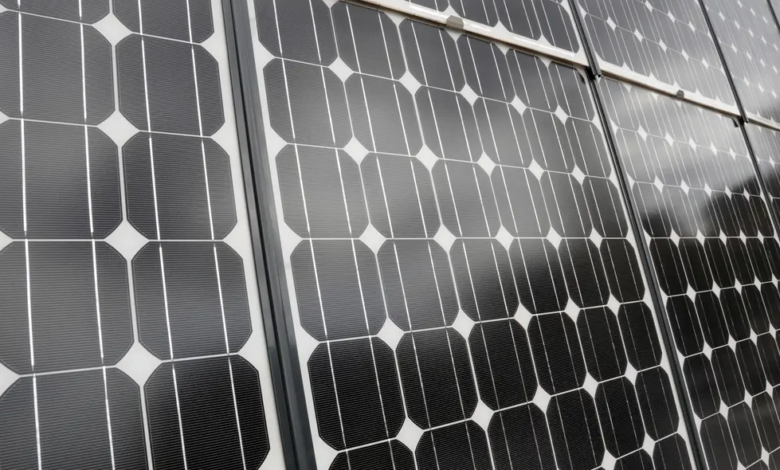Perovskite-silicon solar cells: 28.2% efficiency
The first perovskite-silicon solar cells black monolithic
(sustainabilityenvironment.com) – New promising coupled for the photovoltaic world. Researchers at the Chinese Academy of Sciences have developed monolithic solar cells in perovskite and high-efficiency black silicon.
Perovskite/silicon tandems are not new. For the solar industry, this mix offers one of the most promising ways to increase efficiency beyond the technical limits of silicon, at a low cost. But it’s one thing to create four-terminal tandem devices, where the top and bottom units work independently of each other, and another is to make monolithic cells where the layers of the first semiconductor are directly connected to those of the second at the atomic level. The problem? As Chinese scientists explain in Joule “it is difficult to arrange the perovskite processed in solution without flattening or reducing the pyramidal structure of silicon subcells“. The most likely consequence is that and photovoltaic cells so produced may have difficulty trapping the light or maintaining high quality without exceeding the expense.
Read also All-perovskite tandem photovoltaics, towards mass production
To solve the problem, the team developed the first black perovskite-silicon solar cells with a passivated contact (TOPCon).
Black silicon is nothing but monocrystalline silicon whose needle-like surface nanostructure gives the material a very dark tint. This structure, in fact, determines a high absorption of the incident light. For accuracy, the reflectivity of the semiconductor, which is usually 20-30% for a normal incidence, is reduced to about 5%.
In combination with Topcon, black silicon, explains the Academy in a press note – “contributes to an excellent compromise between high-level surface passivation (treatment that reduces the rate of recombination of charges) and the entrapment of broadband light“. Black silicon nanostructure can also significantly increase moisture resistance and drive vertically aligned crystalline perovskite growth through a nanoconfinement effect.
With an open-circuit voltage of 1.80 V and a short-circuit current density of 19.2 mA/cm2, the black perovskite-silicon solar cells with Topcon structures achieve certified efficiency of 28,2%, which is among the highest values reported for monolithic tandem devices of this category.






